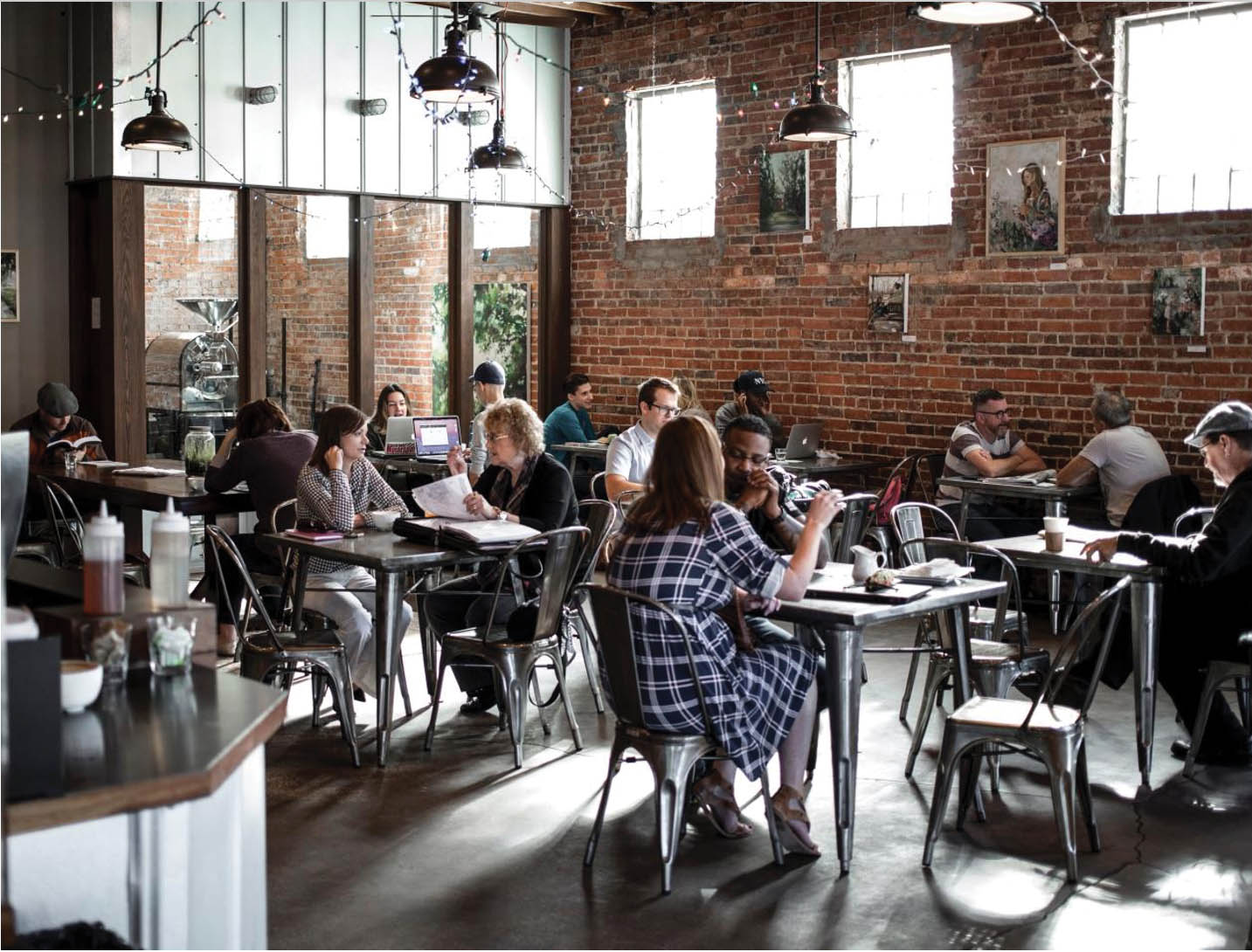— By Aliyah Kaye Crawley —
How is inflation affecting the restaurant industry?
Inflation impacts everyday decisions in restaurants: how they price their food, what type of service they provide, which menu items they can afford to serve, etc. The fiscal conservatism that comes with inflation can also negatively impact a restaurant’s overall brand image, if marketing and maintenance are allowed to slide.

Aliyah Kaye Crawley
This was discussed in Retail & Restaurant Facility Business’ February 2021 article titled “Maintain Your Brand,” written by Trip Jobe of the strategic marketing and analytics firm Rand Inc. In the piece, Jobe writes, “In every recessionary period over the past 30 years, there have been winners and losers. Companies that invested in maintaining their brands, digitally and physically, have come out on the winning side at a much higher rate. In this time of fiscal conservativeness, it’s unlikely that you can keep up with all the maintenance items that you desire. Now is the time to partner with Marketing to accomplish goals for both functions and the organization as a whole.”
Of course, inflation reserves its largest punch for the consumers themselves — those who are patrons of the restaurant industry. From the grocery store to resturants, consumers are reeling from sticker shock. Restaurants, too, are stuck between a rock and a hard place. To cover the inflationary costs of food, restaurants might be forced to raise prices, or they have to take the more expensive options off the menu entirely. If restaurants choose not to pass the added costs on to consumers — with food prices still skyrocketing — they likely will endanger their own profitability.
It’s a tough bind to be in. For those in the restaurant industry, inflation means trying to balance rising overhead costs with rising menu prices — doing so just enough to break even, but not enough to scare off your customers. While we have discussed how restaurants need to raise their prices to be able to meet the rising costs of ingredients, they have rising labor costs to contend with as well. During the Great Resignation that came with COVID-19, people reevaluated their careers and their worth. No longer settling for minimum wage, workers demanded a livable wage — and now what is considered a “livable wage” has changed, again, thanks to outsized inflation.

Amidst the pandemic and other global crises, such as Russia’s war in Ukraine, another current affair plaguing the headlines is inflation. Inflation generally refers to the event wherein the purchasing power of money decreases and the price of products and services increases. Not in 40 years has the U.S. experienced inflation this high, with the current rate being 7.9%. Bloomberg reports that supply and demand constraints are the key factors impacting inflation today. In addition, corporate pricing also plays a significant role — and that leads to higher costs that impact consumers.
This connection between inflation and product pricing is made clear by AskMoney, as they explain how inflation occurs very rapidly — as it’s happening today — which means produce prices can spike. Spiking food prices hurt the economy because they depress the amount of money people can spend on food and drinks. This affects overall restaurant profitability because people elect to stay home. It becomes harder for people to justify spending money on “non-essential” luxuries such as dining out — instead of saving up for groceries and cooking at home.
Inflation also affects retention and hiring rates for restaurants. Employees are expecting a higher paycheck due to higher-priced essential items. However, many restaurants don’t have a lot of wiggle room to give their employees a higher salary when they have to cover rising food and supplier prices.
Where is the Restaurant Industry Headed?
All restaurants are struggling against inflation right now. They are also trying to make up for lost profitability during COVID-19 and the dining room shutdowns of 2020. Just when another challenge is the very last thing they need, owners find themselves in a doubly difficult predicament. But just as they did during COVID, pivoting to curbside takeout and delivery and ghost kitchens, restaurants today will need to adapt — again — to keep their businesses running. Trading Economics predicts that inflation rates will continue to rise up to 8.50% — which means consumers should continue to expect cost-related changes in their favorite restaurants.
Aside from changes to the menu and ingredients, restaurants could get creative in other ways to save costs. Restaurants might cut down on operating hours — a move that also addresses the labor shortage. Restaurants can add more digital options when it comes to takeout, delivery and customer engagement through their app. It’s going to be a long haul, but if the restaurant industry can overcome a once-in-a-century pandemic, it can overcome this period of extreme inflation as well. COVID taught the industry resilience — and it will utilize this resilience going forward.
— Aliyah Kaye Crawley is a freelance writer with a keen interest in business. She enjoys writing articles on the latest trends across the industry.

